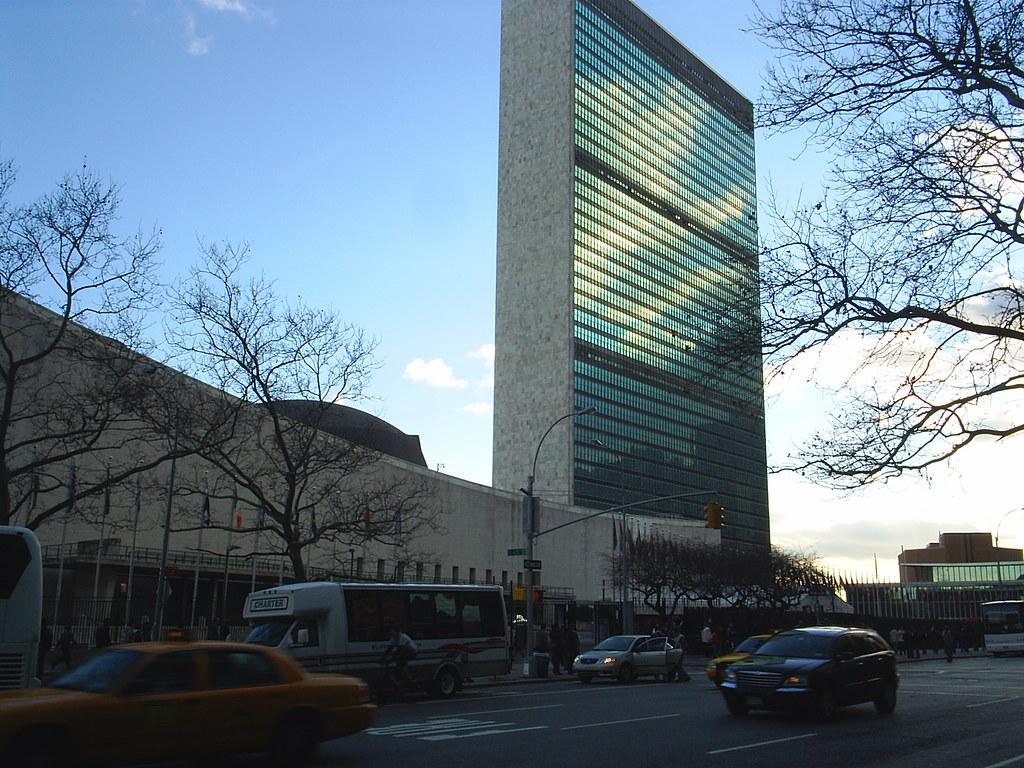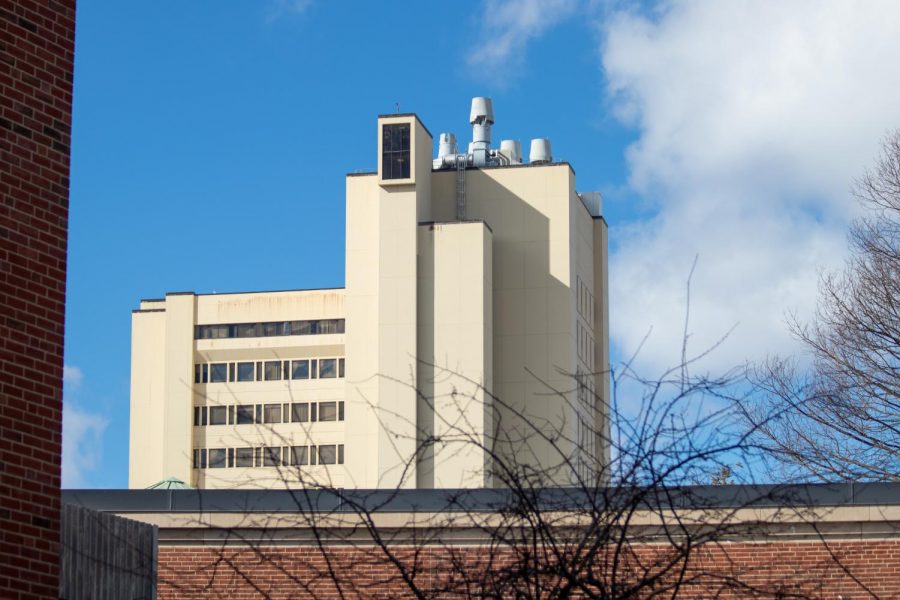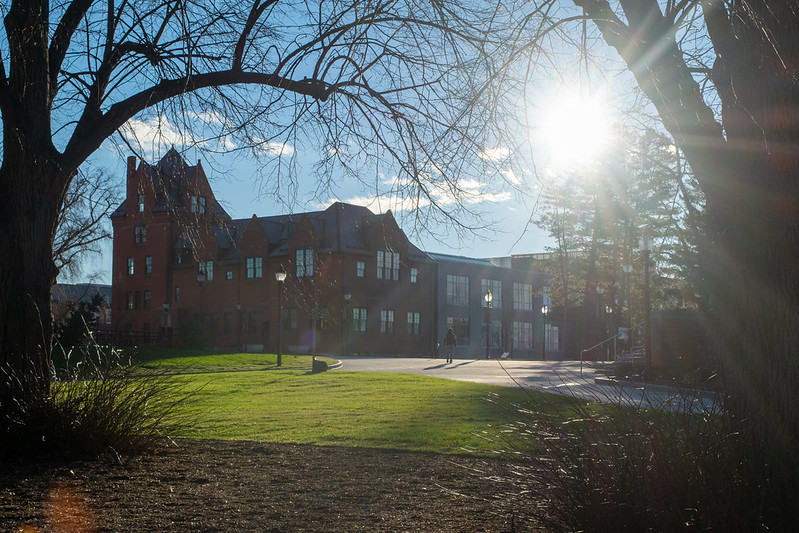
Geologic science, Biology and Microbiology are disciplines that rely upon order and efficiency. Why then is it that the academic building housing these departments has an architectural layout without any of these disciplines in consideration? It simply doesn’t make a shred of sense.
Whether it is the seemingly random numbering system for the buildings, or the odd flow of classrooms, corridors and offices, Morrill Science Center is easily the most confusing building on the University of Massachusetts campus.
If you have been to Morrill before, you know what it is like to be lost. After all, it is the only building the administration deemed confusing enough to warrant maps at every entrance. These ancient, hand drawn maps have guided countless disoriented students through the tangle of corridors that make up Morrill’s four buildings.
The fact that they are hand drawn, and have been in use for so long, makes me wonder who put them up in the first place. So I decided to find out.
As I have learned from an inside source, the signs were not in the budget for the building. However, after its construction, the administration recognized what a labyrinth it was, causing them requisition the construction of signs. To save money, the University outsourced the labor. Luckily, The Amherst Public Schools System was offering an internship through UMass that would give a few lucky third graders the chance to earn credit on a college campus. Armed with crayons and construction paper, the young guides mapped and documented the layout of the buildings, eventually creating the signs that we know today. This story was retold to me by one of the original artists who, coincidently, is now a professor in the very same building.
Morrill is a building that has seen too many years. The most poignant example of its age are the wooden, vault-like doors dotted throughout the buildings upon which warnings of biohazard and toxic material are plastered. I am not sure why these slabs of wood are trusted to protect against biological agents, but each time I pass them I cannot help but shudder. These doors don’t look like they could keep out a cool draft, let alone isolate infectious diseases.
The basement of Morrill shows is age far too much for my liking. The ceiling is hung with every type of wire or cable imaginable, and is similar to the Amazon jungle, crawling with vines and snakes. This area is an absolute mess, and looks as though the innards of the building have been ripped down and left in a state of half repair. Would it be too much to ask to hide this tangled mess of wires? At least cover them up to prevent an unlucky student from an unpleasant electrocution.
In my mind, Morrill has only two redeeming qualities. I enjoy the museum like display cases that are set into the wall near the biology department. These glass covered cases house several intricate model animals in their natural habitat. This display reminds me of the Museum of Natural History, and I actually like it a lot. There was clearly a good amount of time and care put into these models. I just wish the same delicacy could have been used in the rest of the construction of this brutal building.
The second interesting feature of Morrill is its second story, bridge-like walk-way. This is a unique aspect that is shared by only a few other buildings on campus, as well as a convenient way to get from building to another without walking down any stairs. I suggest visiting this area during sundown because it gives a great view of the campus with a sunset in the background.
Despite this, the good cannot outweigh the immense number of faults that Morrill has. If you have class, or work in one of the laboratories in this building, I pity you. It is just too old and confusing to be considered in a positive light. However, if you’re just interested in dropping by for a visit, Morrill could be an entertaining destination … That is, if you want to get lost in a maze – without the help of a corn field.
Zach Weishar is a Collegian columnist. He can be reached at [email protected].












